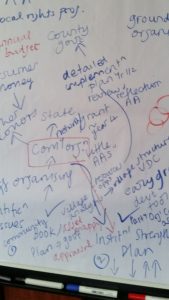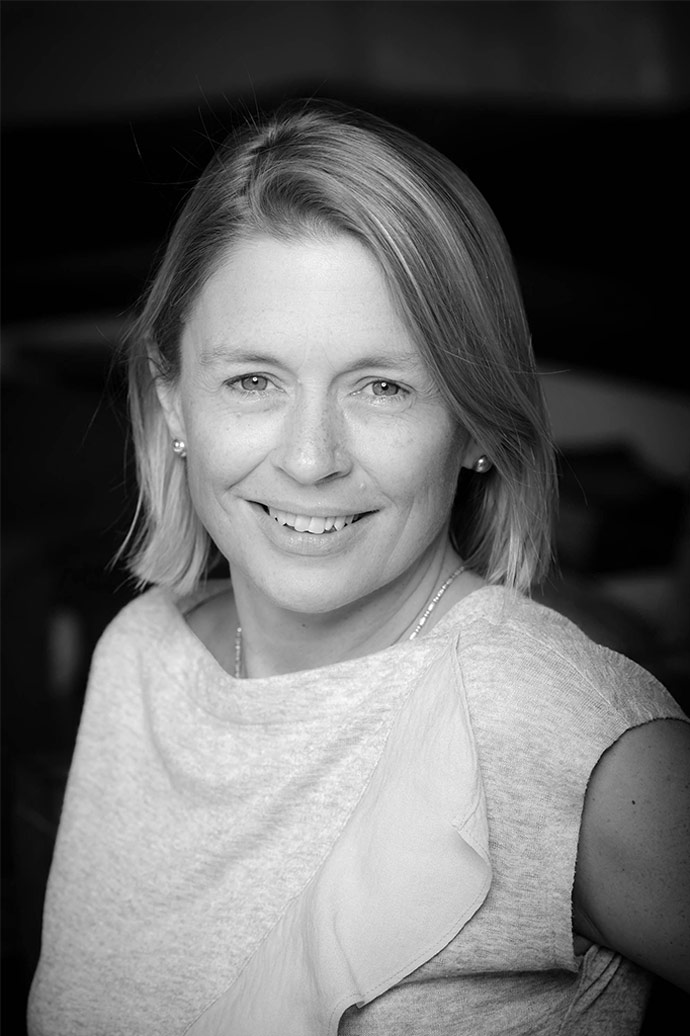Meaning what we say and saying what we mean: from technocratic solutions to “infusing warmth” into development
21 Mar 2016
In recent months, with the planning for the Global Summit on Community Philanthropy (1 – 2 December 2016 in Johannesburg) at the forefront of my mind, I have been in a “big picture” frame of mind, permanently on the look-out for voices, anecdotes, evidence and entire frameworks that speak to a development approach which emphasizes local people, local assets and local agency. There are some encouraging signs, both in terms of the emergence of local institutions and local practice but also among some of the larger development actors, whose behaviours have, at times, seemed fixed forever.
Strong communities aren’t just about money
In January I was in Tokyo at a conference on the Asian non-profit sectororganized by the Toyota Foundation. While there was lots of buzz around venture and corporate philanthropy (the Asian Venture Philanthropy Network has been particularly successful in galvanizing interest and membership) and the astonishing growth in foundation numbers in China (three or four more foundations will probably have been created by the time you have finished reading this article) it was the other, quieter narrative that took place on the margins of the conversation that I found particularly interesting. In Korea, for example, a former journalist who, like many of his generation, described how he had moved back to his home area following his retirement only to find that any sense of “community” had been eroded by shifting demographics (the young leaving for the city, a spike in the number of elderly in Korea, etc.) and a change in the region’s economic base from farming to manufacturing. And so he created a community newspaper, Wandookong, as a way to connect people to each other and to reignite a sense of community through local news and stories. The goal of the paper was simple and yet powerful: “to infuse warmth into the community and create bonding.”
Similarly in Japan, a country normally associated with its enormously successful economy and advanced levels of development, it was interesting to hear about the Sanaburi Community Foundation, which was established in 2011 to help respond to the havoc and deep trauma caused by the Tōhoku tsunami and accident at Fukushima nuclear power station, which included extremely high levels of depression and suicides. Or to learn about the young man who had given up life in the city to take up farming – and, in essence, community building – in a village which has shrunk to a quarter of its original size in the last four decades and where half of the 600 residents were over 65 years old. “Only a building doesn’t do the work,” he reflected: what was needed was for people to feel valued and useful by being part of something. In this case, it was the local NGO that he and others had founded that engaged community members in producing specialty food products such as miso and jam.

Farm at Ogawa-machi, heart of Japan’s organic food movement whose motto is “Great sense of security even with small profit”
If you create a strong sense of community and of opportunity, local assets will flow and local voices will become stronger
Earlier this month I also spent a morning with colleagues at the Kenya Community Development Foundation (KCDF). Our task was to “go deep” into KCDF’s strategy for building community funds – what were their assumptions, what was the time frame and what was the foundation’s beyond grant support? In particular, I was interested in comparing how KCDF’s work differed or coincided with the community development efforts of a particular international NGO that uses a rights based approach in its work. How important was KCDF’s emphasis on asset-building? When a community creates its own fund (with a little incentive from KCDF, but with most of the rest money being raised locally), does that take government off the hook (because a community can build its own school, for example) or does it strengthen a community’s ability to negotiate with and demand from government (and other, including external donors)?

It’s a conversation that needs to continue, to go deeper and wider but there are some powerful examples within KCDF’s network of communities transforming themselves with only a little help from outside. The South Imenti Development Association, for example, who originally approached KCDF with the very specific problem of poor standards in secondary education, and now, more than ten years later, has established its own community development trust. This is made up of contributions from local community members as well as the diaspora who have moved to other parts of the country, which runs into hundreds of thousands of US dollars.
So you start to weave together community and assets and it begins to look like a people-driven development agenda. But what, then, is the role for external actors and donors in all this? The tension between “top-down” and “bottom-up” has simmered for many years, but are we seeing some new shifts in the larger development discourse which could swing the pendulum back towards the latter? Here are a few promising signs:
- The first principle of USAID’s recently launched localworks programme is: “Look locally. Resources and capacity already exist locally—find and support them. Let’s encourage local expertise, respect existing networks and relationships, and connect local actors with local resources.”
- And the START Network’s Shifting the Power programme states that: “The organisations involved in this project acknowledge that local governments, community organisations, faith networks and local NGOs deliver a significant amount of humanitarian assistance and are fundamental to people’s survival in the immediate aftermath of disasters. Unless power in the international humanitarian system is proactively shifted to them, their vital role in relief will be undermined at a time when humanitarian disasters are increasing in number and complexity.”
- Last year, the UK’s Big Lottery launched their new strategic framework which states that: “Our vision is that people should be in the lead in improving their lives and communities.”
- And Civicus’ CEO, Danny Sriskandarajah, has become increasingly vocalon the need for development actors to commit once and for all to building up the capacity of local actors, not just to “lead to short-term efficiency gains but also promote local ownership, strengthen local civil society more generally, and increase that society’s capacity to manage future shocks.”
The GFCF focuses on supporting the development and arguing for the importance of what is currently a rather small subset of civil society, community philanthropy organizations (which seek to encourage local cultures of giving and participation as a way of strengthening community cohesion and increasing local ownership of development, which are committed to using grants and other supports to foster the growth of grassroots groups and local organizations, and which can act as a bridge between external resources and local initiative, as well as between different parts of the same community). However, our broader goal is about a development approach in which the dominoes, which always seem to fall from the outside in when development programmes are externally-formulated and determined, start to fall the other way, from the inside out.
A shift in language among donors and INGOs is a good start: let’s hope that behaviors can change too.
Jenny Hodgson, GFCF Executive Director

